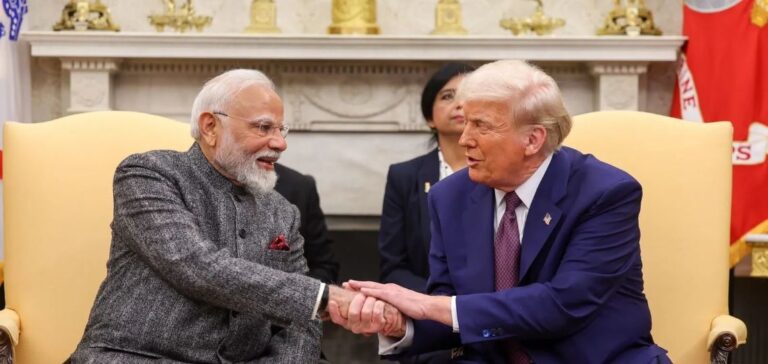India and the United States have reaffirmed their energy partnership by announcing their commitment to building US-designed nuclear reactors in India. This cooperation falls under the 123 Civil Nuclear Agreement, signed in 2008, but had remained on hold due to regulatory and contractual barriers.
An evolving legal framework
One of the main barriers to foreign investment in India’s nuclear sector was local regulations, particularly the Civil Liability for Nuclear Damage Act (CLNDA). This legislation held equipment suppliers accountable in the event of a nuclear accident, a blocking point for US companies. To facilitate cooperation, the Indian government has announced an amendment to this law while establishing specific bilateral arrangements with the United States.
Additionally, India is preparing to reform its Atomic Energy Act, which had so far restricted private sector investments in civil nuclear energy. These developments are expected to allow US companies to play a more active role in India’s nuclear energy expansion.
Reactor projects and industrial localization
The Indo-US nuclear project plans to deploy AP1000 reactors, designed by US firms, in the state of Andhra Pradesh, at the Kovvada site. The goal is to localize a significant portion of component manufacturing in India to strengthen the domestic industry while reducing import costs. This approach would accelerate reactor commissioning and optimize technology transfer.
Additionally, both nations have discussed the possibility of jointly developing small modular reactors (SMRs). India is focusing on the Bharat Small Modular Reactor (BSMR), a 220 MW model based on pressurized heavy water reactor technology, while the United States seeks to export its own SMR designs. This complementarity could lead to increased technological and industrial collaboration in this emerging segment.
Strengthening energy trade
Beyond nuclear energy, the joint statement from both leaders highlights the importance of hydrocarbons in their energy strategy. The United States aims to increase its exports of crude oil, refined products, and liquefied natural gas (LNG) to India. This initiative aligns with India’s efforts to diversify its energy supply and secure stable sources of fossil fuels.
Both nations also recognize the importance of strategic petroleum reserves in stabilizing markets during crises. India, which has crude oil storage infrastructure, is considering enhancing its capacity in cooperation with the United States.
Industry implications and future outlook
With an ambitious target of 100 GW of nuclear energy by 2047, India sees this partnership with the United States as a key driver to accelerate its projects. The establishment of a more favorable regulatory framework and the opening to private sector involvement could attract more foreign investments and strengthen the domestic nuclear sector.
The Indo-US agreement is part of a broader dynamic of technological cooperation, including joint initiatives in semiconductors, artificial intelligence, and biotechnology. This alignment could foster a strategic convergence between both nations on major energy and industrial challenges in the coming decades.






















